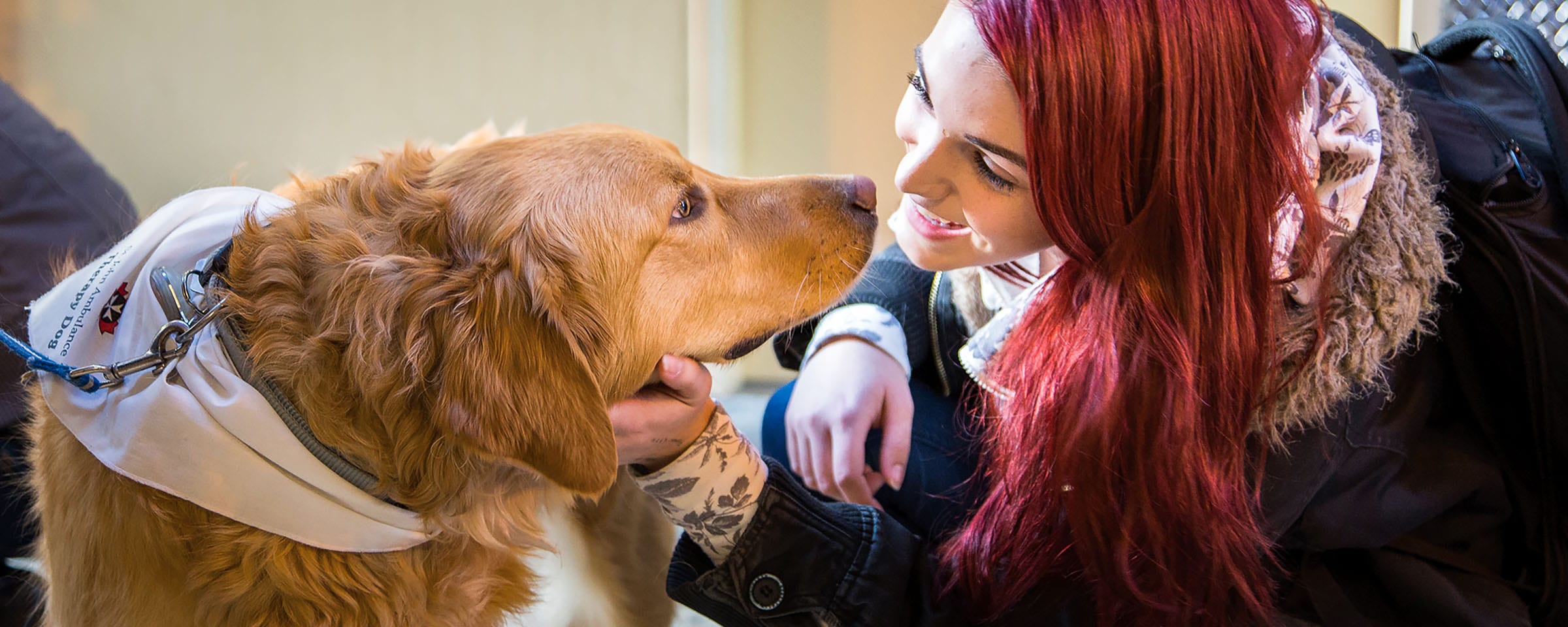Lauren MacLean: talking helps take care of my mental health
 Lauren MacLean is president of the Red River College Students’ Association. She is completing her second year of Business Administration with an accounting major. After receiving her RRC diploma she plans to continue her studies towards a Commerce degree.
Lauren MacLean is president of the Red River College Students’ Association. She is completing her second year of Business Administration with an accounting major. After receiving her RRC diploma she plans to continue her studies towards a Commerce degree.
When Lauren MacLean, president of the Red River College Students’ Association (RRCSA) started feeling stressed out, she didn’t hesitate to do something about it. She called her friends and talked to them about what was going on in her life. When that didn’t translate into her feeling much better, she made an appointment with a counsellor.
“At one point, talking to my friends was actually making things worse for me because I was feeling guilty about going on and on about the same things, said Lauren. “It was a relief to talk to a counsellor because there were no expectations and I didn’t feel like I was burdening anyone.”
Reaching out for help
Lauren started seeing a counsellor in Counselling and Accessibility Services once a week. After working through her feelings and coming up with a plan for minimizing stress and other negative feelings, she didn’t need to visit as often. Now, she simply checks in when she feels she needs to — about once a month.
“I’m in a good place now. It’s not often that I have intense feelings of anger or frustration or lots of stress that I need to work through like I did when I first started going,” said Lauren. “What I get out of sessions now is mostly feedback about whether I’m on the right track with something or that my goals are realistic.”
Sometimes a fresh perspective from someone we aren’t close to is exactly what we need to move forward. It was, and still is, something Lauren finds helpful.
“When I talk to my counsellor, Chad, he asks questions and points things out that I wouldn’t have necessarily thought of on my own,” said Lauren. “This is great because in my role with the RRCSA, I need to examine issues and decisions from many angles and think about how they affect different people. This kind of thinking also comes in handy when I’m working with other students on group projects.”
A great resource for students
For Lauren, Counselling and Accessibility Services is a vital resource that more students should take advantage of.
“I don’t want any student to feel ashamed or weird about seeing a counsellor. The counsellors at RRC are free and honestly, they’re awesome. There is no one solution to coping with mental health issues — some people will find solace in drawing or spending time with their dog — but counsellors are one great resource that I highly recommend.”
Interested in scheduling an appointment?
If you’d like to make an appointment with a counsellor, complete the online intake form. Someone will be in contact with you to schedule an appointment.



















